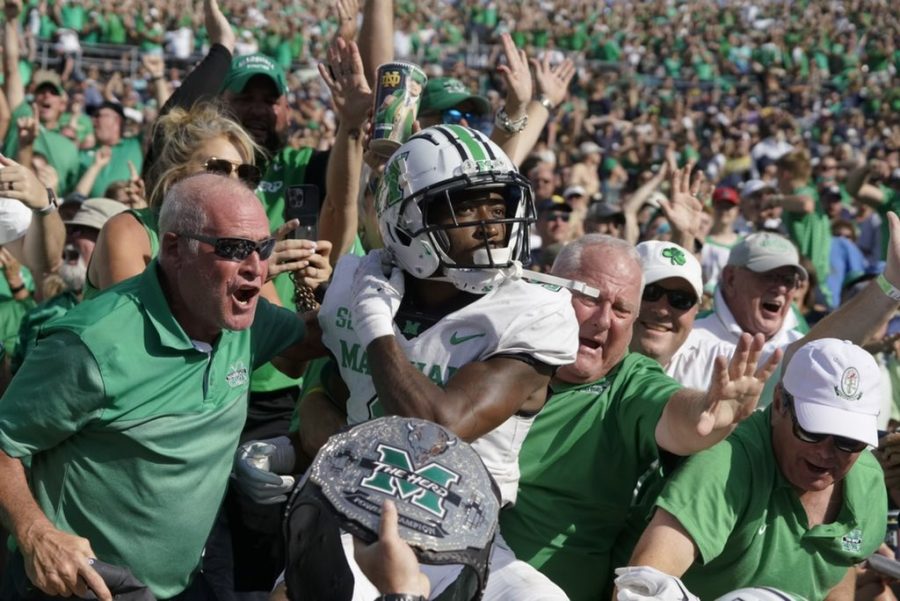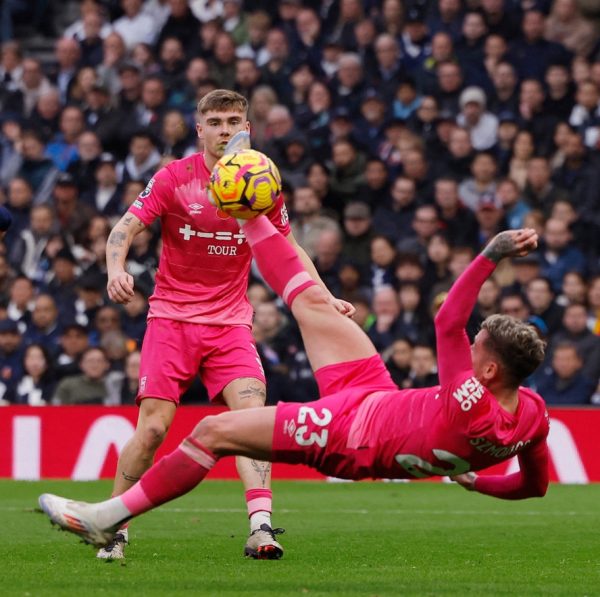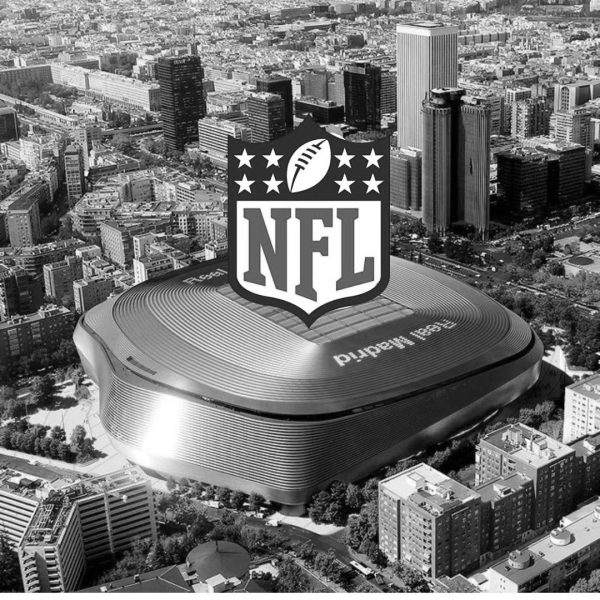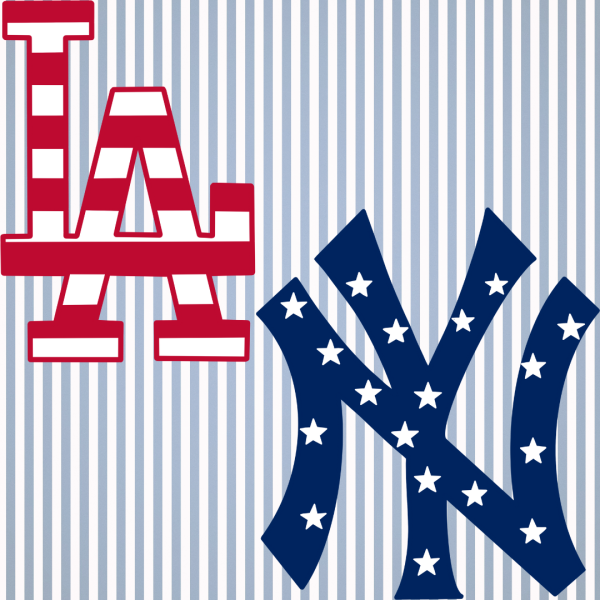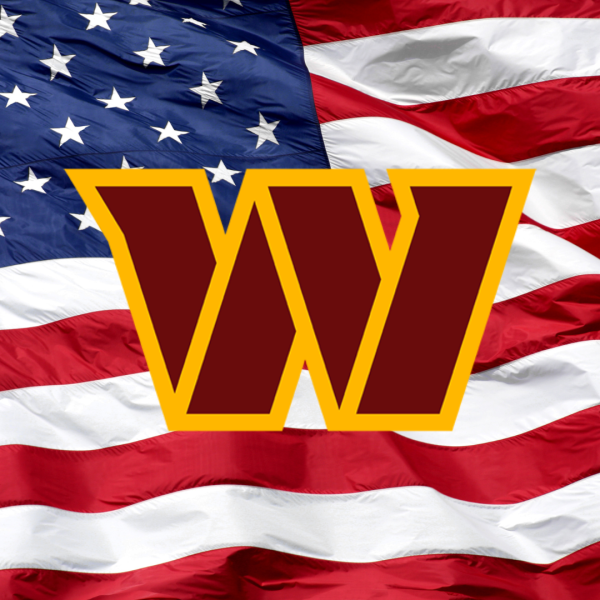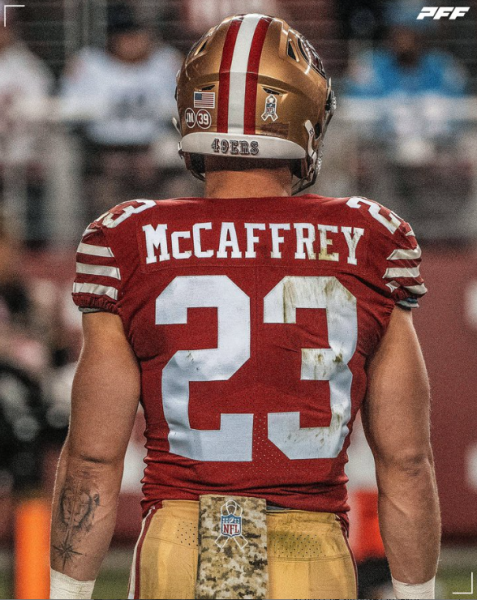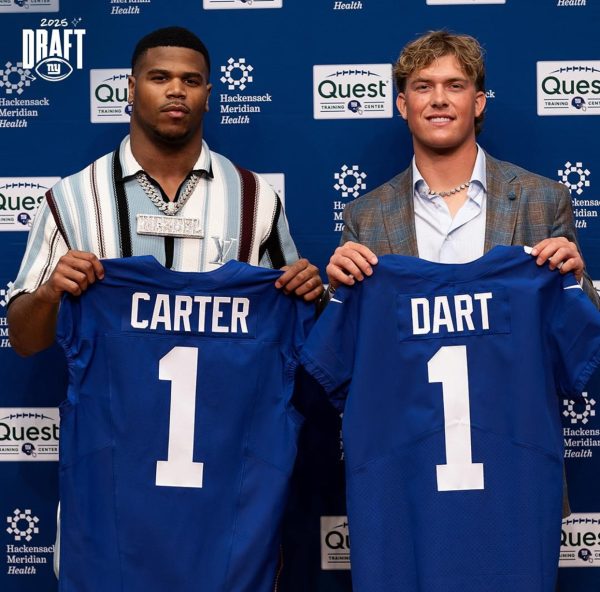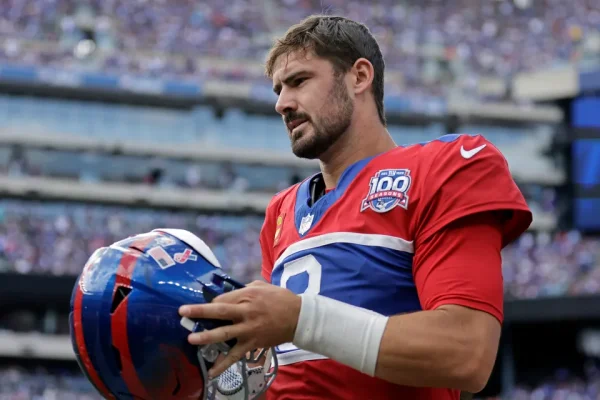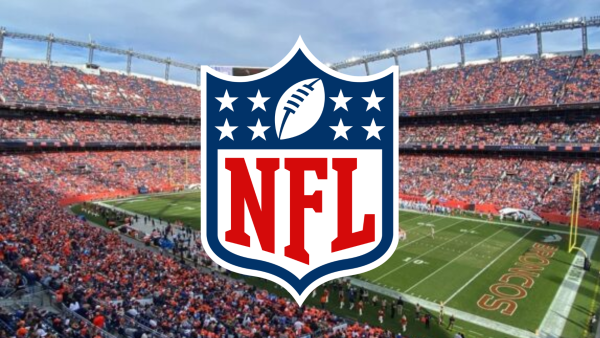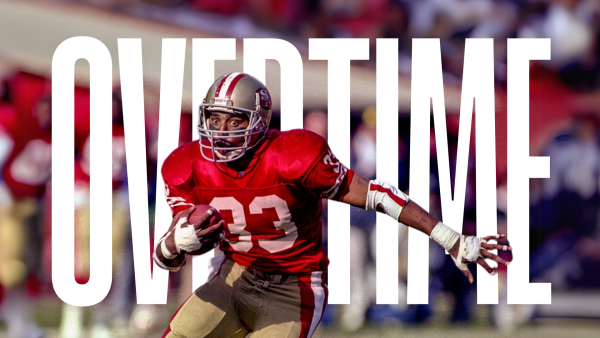The Paradox of the College Football Transfer Portal
College Football’s transfer portal has proved to be impactful on the sport as a whole. (Courtesy of Twitter)
College football has entered completely uncharted territory in recent years, entering a thick fog of uncertainty amidst a plethora of recent rule changes. Players now have a newfound ability to receive compensation under new NIL rules, the conference realignment and its lack of regard for geographic practicality now means that the University of Southern California (USC) and Ohio State are oddly going to be in the same conference and a completely new postseason format has arrived with the advent of the College Football Playoff.
However, despite all these radical changes, potentially the most impactful has been the emergence of the “transfer portal.” This portal is a new mechanism that has made it simpler and more advantageous for athletes to transfer between schools, as there are no longer eligibility restrictions that often dissuaded players from transferring in the past. While its long-term effects are largely shrouded in mystery, the transfer portal has inarguably had an immediate impact on college football due to the drastic uptick in the amount of players transferring between schools it has caused.
With this increase in players transferring, many want to focus on the “bluebloods” of the game getting significantly better by adding huge stars to their rosters through the portal. However, the transfer portal has significantly aided mid-major schools by creating an avenue through which they can acquire significant talent. Therein lies the paradox of the transfer portal: it has widened the gap between the top teams and the rest of the field, yet it has inversely created more parity within the sport by allowing smaller schools to get the players needed to compete with larger programs.
The first element of this paradoxical equation that requires examination is the portal’s widening of the gap between the high, mid and low majors. Typically, teams go through somewhat of a rebuild after losing some of their top players, suffering losses here and there as they look to develop unpolished youngsters. The transfer portal has essentially eliminated this rebuilding process. After losing their 2021 starting running back in Brian Robinson Jr. to the NFL, the University of Alabama was able to immediately restock their then depleted running back core with highly productive, touted and experienced transfer Jahmyr Gibbs.
After losing phenomenal wide receiver Drake London to the first round of the NFL Draft, USC was able to replace him with Jordan Addison: the winner of college football’s best receiver award the previous year.
When the University of Mississippi lost their team leader in Matt Corral, they patched that hole immediately with two former top 100 recruits in Jaxson Dart and Zach Evans. These top teams are able to take their already loaded rosters and simply fill in any potential holes with other teams’ superstars that they acquired through the transfer portal. This constant ability to continue adding highly talented, game-ready players to already strong rosters ensures that the leading teams in the country not only stay above the competition, but in actuality, deepen the talent gap.
However, while that gap widens, others close due to the transfer portal. Oftentimes, highly talented recruits who simply did not pan out at larger schools look to transfer into smaller programs where they could essentially be a “big fish in a little pond” or salvage their careers via a fresh start. The conception of the transfer portal has made this move exponentially easier, leading to a significant uptick in the amount of highly talented yet underutilized players heading to smaller programs. Thus, smaller schools are now more readily able to compete with more traditional powers.
Appalachian State University was able to win in one of the most hostile environments in college football, knocking off the Texas A&M University Aggies on the road due to the performance of former Clemson University quarterback Chase Brice who transferred into the Mountaineer’s program after struggling to find playing time with the Tigers. Marshall similarly found themselves more able to compete against college football’s elite, knocking off the University of Notre Dame with huge games from transfers in Henry Colombi (former Texas Tech University quarterback) and Khalan Laborn (former Florida State University running back). These smaller programs were not only able to compete but actually beat top teams in the nation because they now had the talent to somewhat level the playing field.
More traditionally average programs have also benefited greatly from this new flow of talent, now being able to have phenomenal seasons at a more consistent rate. A prime example of this assertion is none other than the University of Washington Huskies. The traditionally above-average Huskies are off to a wildly impressive 4-0 start, including a rout of a preseason top-15 team in Michigan State University due to the transfers they obtained in the portal. Their new star quarterback Micheal Penix Jr. came to them from Indiana University, while solid starters in Wayne Taulapapa and Cam Bright provided additional immediate contributions and consistency to the team despite donning colors other than the purple and gold the year prior. Even going back to last year, the Bearcats of the University of Cincinnati (a program that historically has been average) were able to make an unforgettable run to the College Football Playoff due to the transfers they acquired through the portal: their workhorse running back. Jerome Ford was an ex-Alabama back, while one of their more favored wideouts in Micheal Young Jr. was an ex-Notre Dame receiver. It is examples such as these that best illustrate that portal’s potential to elevate teams to the next level.
So if the transfer portal both widens and closes the talent gap at the same time, what do we as college football fans have on our hands? The answer is this: a confusing paradox sure to continue to shape the landscape of college football for years to come.

Jonah Ring is a senior from Norfolk, Virginia, pursuing a degree in theology, philosophy and art history. He originally joined The Ram via Sports...



































































































































































































